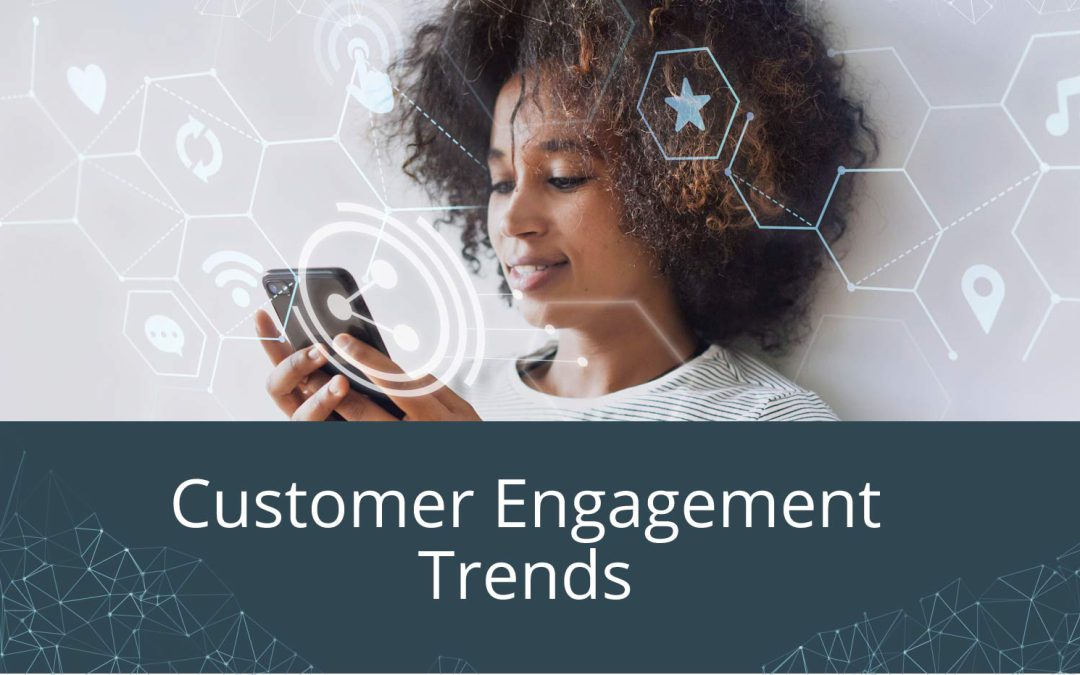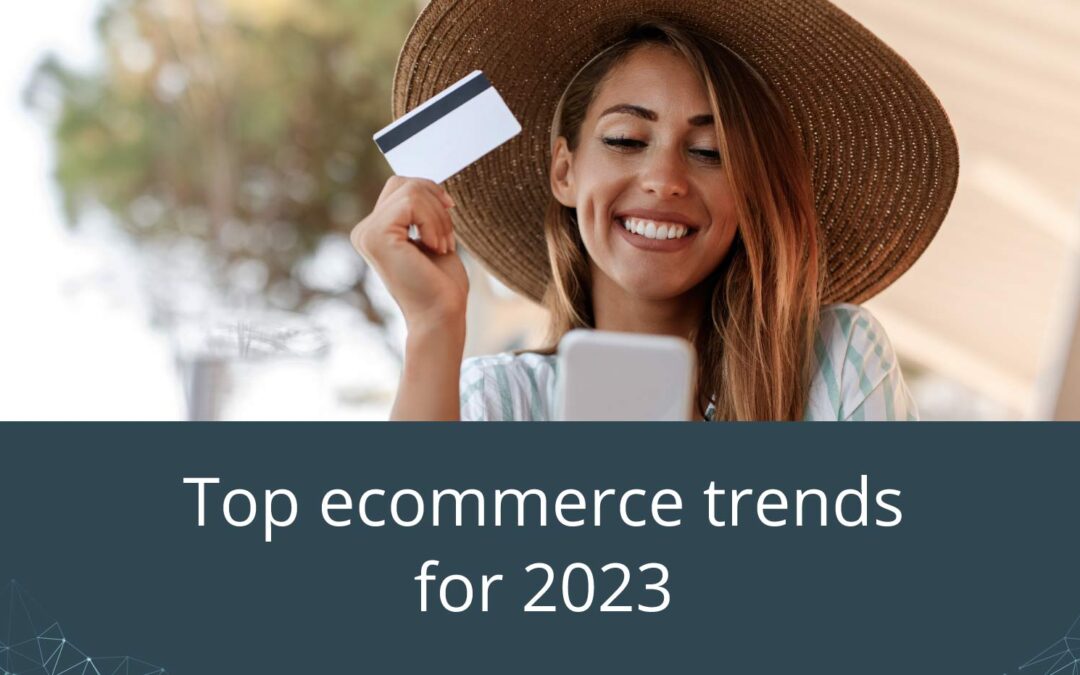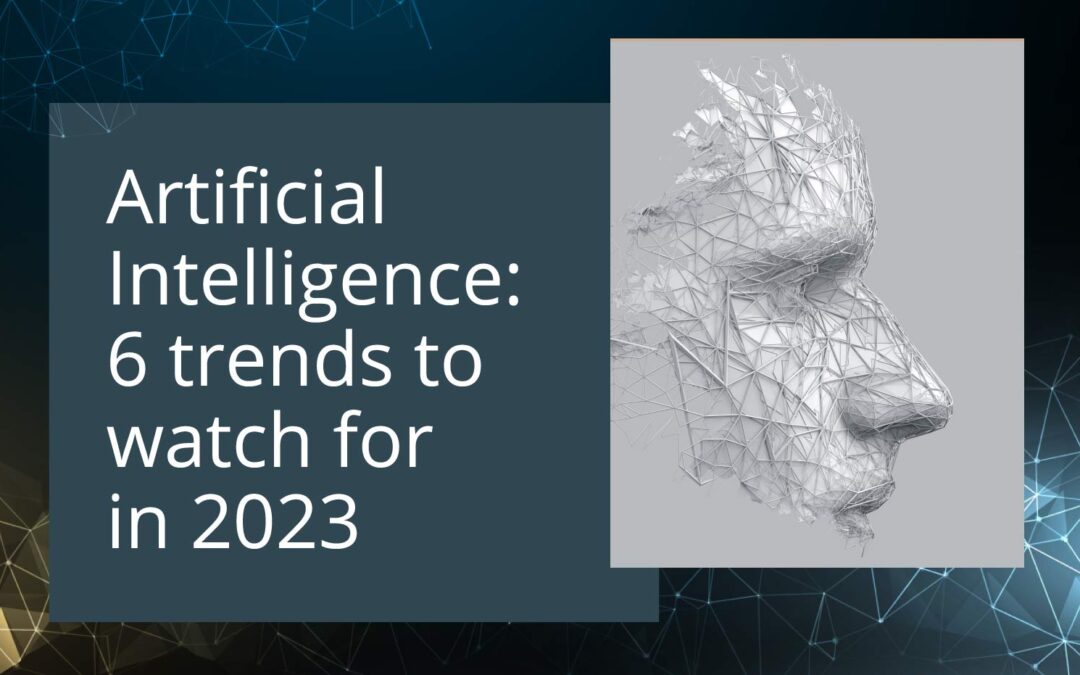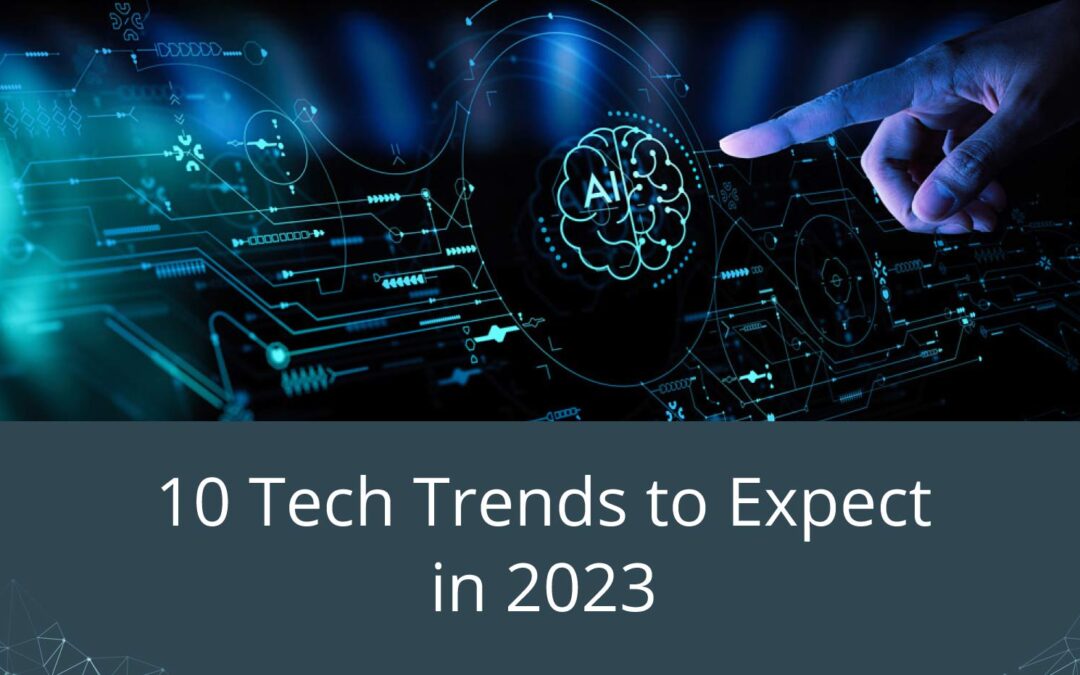No Results Found
The page you requested could not be found. Try refining your search, or use the navigation above to locate the post.

Brands are built on the success of their customer service. Instead of it being a responsive measure to deal with complaints, companies are learning to take personalised, empathetic customer care right to the heart of everything they do. This comes at the right time because customer expectations for hyper-personalised service from businesses continue to increase.
Winning the trust and loyalty of customers depends on how well businesses across every industry utilise their customer data and empower their teams to make every digital and physical engagement matter.
We are here to help you explore the art of customer service and engagement. We understand the importance of creating a more unified, intelligent data ecosystem to spark innovation across customer service teams. As your customers’ needs evolve, we can partner with you to turn every customer interaction into an opportunity to delight.
Create outstanding experiences in the moments that matter
Gaining a customer for life happens when organisations make every interaction matter. Whether that is reacting efficiently to a customer query, complaint, or need, or proactively taking steps to offer a new product or service. The key is to personalise the experience. Better understand your customers to create personalised journeys and lasting brand loyalty.
Demand for this bespoke treatment has increased. Today’s expectations are for hyper-personalisation across all channels of engagement between the customer and organisation. This move towards an omnichannel model has increased the scope in which companies can reach customers in new ways.
Where should a business start in this vast landscape of customer touchpoints to craft a personalisation strategy that leads to customer delight and long-term loyalty? Let us examine this now.
Understand your customers
It takes 12 positive customer experiences to negate the poor impression left behind from a single unpleasant experience. There is no margin for error when it comes to delivering customer care. A crowded marketplace of competitors, coupled with the number of digital channels open to consumers to voice their opinions and experiences with brands (both positive and negative) means that a single missed opportunity to delight a customer can have a significant impact on your brand reputation.
Employees use data to personalise the experience of the customer. The goal is to make every customer feel that the service they are receiving is 100 percent customised to them. However, this is not always achievable due to time and budget constraints.
Instead, a crucial step is to analyse your own data estate. From your customer relationship management (CRM) system to social channels and customer engagement (CE) platforms. Integrating this data for analysis with a Customer Data Platform (CDP) can help to surface rich insight by creating a single customer view that generates individualised personas.
Predicting customer behaviours using these data-driven personas can allow businesses to segment their customers more effectively in order to better align customer treatment strategies.
Embrace omnichannel experiences
The ways that customers engage with your business continue to expand. This offers a huge opportunity to benefit from the increased customer data flowing into your business.
Unifying this data into a consolidated customer profile that can carry across any customer touchpoint is fundamental to business personalisation efforts. As a result, conversations are more targeted and relevant. Additionally, customer service agents gain a greater understanding of the events leading up to a customer interaction if this unified omnichannel profile is accessible and properly collated.
Make the most of innovation to personalise
AI adoption for customer service has been widespread. However, its full potential to drive personalisation lies beyond the simple Q&A functionality that has become a popular standard.
Conversational AI’s ability to learn about customer interests and preferences, and then re-engage with personalised product recommendations at key stages of the buying process has become a key personalisation capability for companies to adopt.
The more simplistic virtual assistant functionality also has its place. For example, where customers need to action more simple tasks, such as getting an update on an order status. These systems complement the more complex analytical use cases. AI should be thought of as augmenting existing processes that extend the consistency of your company identity.
Personalise – but do not overdo it
It can be a fine line to tread between providing a customer with bespoke service and appearing to be compromising their privacy. Location-based personalisation techniques such as offers/greetings sent to apps on consumers’ phones when they pass by a store can come off as invasive.
At the same time, be as transparent as possible when it comes to informing consumers about how and why their data is used. Regulations like GDPR (General Data Protection Regulation) have helped created industry standards for this. However, companies can always look to bolster trust with their own in-house messaging and policy statements.
Do not lose the human touch
The capabilities of AI and data analytics are crucial to developing the insights necessary for understanding customers, building profiles, and offering bespoke offers and interactions.
However, businesses should not over-rely on these automated capabilities. The moments that matter are often those of one-on-one human connection. Take time to establish a comprehensive culture of communication that is agile to change. This is essential to empower your customer service agents with the empathetic skills they need to help find resolutions for customers that are personal and valued.
Personalise your customer’s experiences
The ways that personalisation will be felt across customer service will continue to evolve. Either from ongoing trends of increasing digital touchpoints or unexpected factors. Being agile to change is key.
We work with customers across industries to implement modular solutions that fit into existing customer service ecosystems to unlock new personalisation capabilities.

Why use Dynamics 365?
Align sales and marketing
Sales and marketing components can work together to help you better understand a customer’s needs and address those needs through the right marketing channels. Some of the ways these two functions can work together to help you are:
Increase sales productivity
The right CRM software allows your sales team to find, prioritise the right leads, and deliver insights on when and where your sales teams engage with customers. These systems can work together to:
Build better customer relationships
Bringing customer service and sales together helps you determine and predict your customers’ preferences and makes it easier for your buyers to interact and trust doing business with you. When these two solutions combine, they can help you:
Get an end-to-end view of your customers
Turn data into insights to keep your current customers happy or connect with new prospects. Other benefits include the ability to:
Use a common platform
CRM takes disparate customer relationship software functions and brings them all together for seamless management. Other common platform benefits are:
Get visibility into customers
The more you know your customer’s preferences, the more likely you are to gain their trust and, eventually, their loyalty. Giving your team visibility into what makes customers tick will give you the inside edge over the competition. Put the customer at the centre of your business with CRM software that helps you:
Offer customer portals
Online self-service portals put customers in control of their data, help them learn about product information, and let them track account activity. Companies have grown to realise that as vital as it is to provide their staff with an online company portal, offering it to clients makes it easier to engage with them as well. Here are three other reasons why customer portals for clients make sense:
Marketing: Improve your customers’ journey
Generate multichannel marketing campaigns, nurture sales-ready leads, and align your sales and marketing teams with planning and tracking tools that integrate with your existing apps and services.
Subscribe to our newsletter
The page you requested could not be found. Try refining your search, or use the navigation above to locate the post.

Dynamics 365 and Power Platform 2023 Release Wave 1.
Microsoft published its 2023 release wave 1 plans for Microsoft Dynamics 365 and Microsoft Power Platform on January 25. They comprise a compilation of enhanced capabilities planned to be released between April 2023 and September 2023. The first release wave of this year includes hundreds of updates and enhancements, which demonstrate Microsoft’s continued commitment to empowering digital transformation.
By bridging data, insights, and people silos, this release wave adds value to every role. By enabling AI-guided insights and suggested actions, automating tasks and processes, integrating collaboration into workflows seamlessly, and building low-code solutions, new capabilities empower informed decisions.
A review of Dynamics 365 updates





















| Milestone | Date | Description |
| Release plans available | January 25, 2023 | Learn about the new capabilities coming in the 2023 release wave 1 (April 2023 – September 2023) across Microsoft Power Platform, Dynamics 365, and Microsoft Cloud for Industry. |
| Early access available | January 30, 2023 | Test and validate new features and capabilities that will be a part of the 2023 release wave 1, coming in April, before they get enabled automatically for your users. You can view the Microsoft Power Platform 2023 release wave 1 early access features now. |
| Release plans available in 11 additional languages | February 21, 2023 | The Microsoft Power Platform, Dynamics 365, and Microsoft Cloud for Industry release plans are published in Danish, Dutch, Finnish, French, German, Italian, Japanese, Norwegian, Portuguese (Brazilian), Spanish, and Swedish. |
| General availability | April 1, 2023 | Production deployment for the 2023 release wave 1 begins. Regional deployments will start on April 1, 2023. |
The page you requested could not be found. Try refining your search, or use the navigation above to locate the post.

ECommerce is one of the most rapidly evolving industries in the world. In order to remain relevant and competitive, businesses must stay up to date with the latest eCommerce trends as well as the ever-changing expectations of their customers. You risk losing sales if you fall behind.
A revolution has taken place in retail because of e-commerce. With its evolution, online shopping has become easier for modern-day consumers and has met their changing needs.
In its early years, ecommerce had relatively limited capabilities. Those days are over. Whether it is customied products, improved return policies, or improved integration, all these changes (among others) have revolutionized ecommerce. And the ecommerce industry will only continue to evolve in 2023.
In 2023, take advantage of these emerging trends in ecommerce to take your business to the next level.
In any industry, whether it is business-to-business or business-to-consumer, you need to personalize your communications. No matter how you use it, whether in marketing or on your eCommerce site, it can result in more sales. It is expected that eCommerce brands will leverage data for more than just insights in the next few years. Online stores will use customer data to expand their product range and to see where and how they can improve the customer experience.
The concept of artificial intelligence (AI) refers to the development of technology that mimics human intelligence. By learning and adapting to consumer behaviour, it can produce more accurate and valuable results. The adoption of AI technology can enhance the buying experience for customers. It is predicted that AI will be a major player in eCommerce in the future. Many leading brands and companies invest continuously in artificial intelligence.
A significant percentage of businesses use AI for personalization (70%) and site search (54%).
It is evident that personalization is a trend that’s gaining traction steadily. Through personalization, users can receive suggestions for products and targeted emails based on previous activities. Personalized customer experiences help businesses attract and retain customers without using additional marketing techniques.
Site search powered by AI utilizes machine learning and natural language processing (NLP) to determine the intent behind the search query and to provide the most relevant results.
Thanks to the advancement of artificial intelligence, shoppers can conduct searches using images instead of typing keywords.
A rapid rise in social shoppers is also evident. Ecommerce has taken off with the introduction of Facebook and Instagram Checkout’s Buy button. The use of social media has transformed the way we live our daily lives, including how we shop. For brands, this is an opportunity to improve their social media presence, which is an excellent platform for brand discovery.
Through these social media platforms, brands can gain visibility and inspire people while scrolling through their feeds. The power of social media to influence ecommerce trends will only increase as it becomes a regular feature of our lives. As a result, brands need to adopt a social media strategy that focuses on the shopping experience.
Multichannel sales are no longer a luxury – they are a necessity in today’s business world. The fact is consumers purchase products through a variety of channels. It is vital that businesses reach their customers where they are.
As increasingly new selling channels emerge, omnichannel selling has dominated eCommerce since 2022 and will continue to do so in 2023 and beyond. Retailers are challenged to provide a consistent yet diversified shopping experience across all channels, whether in-person, online, or via a mobile app.
Ecommerce storefronts that offer creative and innovative VR experiences will drive consumer adoption. To make an informed purchasing decision, people are concerned about the inability to physically see the products This gap can be bridged by virtual reality technology, which allows online shoppers to better visualize the products in which they are interested.
The impact of this could be profound for ecommerce businesses. A VR/AR experience can shift the perception of products online customers intend to purchase. With virtual reality, you can help your customers better understand if your products meet their needs.
The use of virtual reality is not only enhancing the customer experience, but also allowing shoppers to evaluate and explore products in the same way they would during an in-person shopping experience.
One of the essential tasks when running an eCommerce website is to convert your traffic into purchasing customers. Applying conversion rate optimization (CRO) encourages site visitors to buy your products or sign up for your newsletter.
The future of CRO is customer centric. More marketers will focus on discovering what attracts visitors and what prevents them from taking action, guaranteeing the best user experience possible.
Optimizing the eCommerce site’s performance is a great starting point. Business owners should strategize their eCommerce developments and optimise every customer touchpoint.
Recently, chatbots have gained popularity for their ability to communicate effectively and quickly with people as well as their ability to provide businesses with time and resource savings.
HubSpot’s survey found that 90% of customers prefer “immediate” responses to marketing and sales questions. And 60% of customers defined “immediate” as 10 minutes or less. You know what this means – If you don’t respond to your customers’ queries quicker than your competitors, you might lose a chance to sell.
Because of that, increased store owners are using chatbots as “assistants” for their customer support team. The bot is online 24/7 and can be set up to answer present and frequently asked questions from your customers.
Thanks to technological advances, chatbots can provide more tailored service and product recommendations, making the shopping process more efficient and more enjoyable. This is a promising eCommerce trend that will explore in 2023!
With the advancement of technology and changes in consumer behaviour, one must keep an eye out for these ecommerce trends in 2023. Whichever ecommerce trend you decide to adopt, do it with the aim of improving the shopping experience for your customers and building a long-lasting relationship with them.
Take your ecommerce evolution to the next level by evolving with it side-by-side and taking advantage of these ecommerce trends.
The page you requested could not be found. Try refining your search, or use the navigation above to locate the post.

In 2023, some fascinating artificial intelligence trends may be able to show tangible growth, according to artificial intelligence trendsetters.
IoT and AI will lead to more advanced devices
2022 was a year of tremendous interest in the subject. There will be no difference in 2023; the world will be more reliant on smart devices.
While artificial intelligence and the Internet of Things (IoT) appear to be separate topics, combined, they can significantly enhance business outcomes. Technology experts consider both technologies an opportunity for innovation, product improvement, and competitive advantage.
An Insight into 2023’s AI Technology Transformations
AI technology trends in 2023 will leave both industry and consumers intrigued. One thing is certain: artificial intelligence has limitless potential. According to Sundar Pichai, the CEO of Alphabet (Google), “AI will have a greater impact on humanity than fire, electricity, and the internet.” The possibilities are endless, from personalized marketing to remote documentation.
In the midst of the technological revolution, industries worldwide are undergoing digital transformations. According to International Data Corporation (IDC) research, artificial intelligence spending will surpass $500 billion globally by 2023. Every sector and the world at large will be reshaped by AI’s widespread applications.
Below are some major trends in 2023 that will have a lasting impact:
With the growing use of AI in security operations, automated defences against cyber threats will continue to develop naturally.
The use of artificial intelligence (AI) in cybersecurity extends far beyond its predecessor, automation, and is used to perform routine data storage and protection functions. Cybersecurity artificial intelligence, however, goes beyond this and supports more complex tasks.
An example of an application of advanced analytics is the detection of ongoing threats or suspicious trends. Despite this, not all news is good. It will be a never-ending game of cat and mouse between cybercriminals and organisations as AI becomes more prevalent. Therefore, firms who are concerned about staying in business must begin integrating AI into their cybersecurity as soon as possible.
At present, natural language processing is the most widely used AI mechanic because it comprehends human speech without requiring text input. Additionally, this technology analyses and converts different languages into computer codes that enable apps and websites to run efficiently. YouTube has adopted this AI-powered NLP technology to allow users to search, play, and access other controls via voice commands.
One of the most fascinating areas of artificial intelligence is improving predictive analytics, which has applications across a variety of academic sectors. It makes predictions about the future based on previous data using data, statistical algorithms, and machine learning techniques. The goal is to accurately anticipate the future using data from the past. The rise of predictive analytics is not something that happened overnight; rather, its history shows that it has only recently been gaining traction.
Our jobs will become more efficient and more effective with the help of robots and smart machines in 2023. This could be in the form of smart devices providing access to data and analytics instantly. Both retail and industrial workplaces are increasingly using this type of technology. AR-enabled headsets could overlay digital information on the world around us. As an example, real-time information could be provided to assist us with identifying hazardous conditions in maintenance or manufacturing – such as showing when a component is hot or a wire is likely to be live. In the future, management and leadership teams will have access to real-time dashboards and reporting, which will allow them to keep track of operational efficiency in real time. As AI-powered virtual assistants gain prominence in the workplace, they will be able to answer questions quickly as well as suggest more efficient methods of accomplishing tasks. As a result, developing the ability to work with and alongside intelligent, smart machines will become increasingly necessary to succeed in the workplace.
With the aid of artificial intelligence, leading retailers are improving operational efficiency and customer service. Instead of being just transaction centres, retail stores are increasingly becoming focal points for brand awareness and customer experience. Adaptive AI will drive this transformation. One of the biggest growth areas will be frictionless shopping with computer vision and edge-based AI systems that will reduce wait times and ease hassle. With on-premises infrastructure, future retail stores will also be able to tailor seamless customer journeys and deliver hyper-personalized recommendations.
A physical store’s in-store analytics will provide intelligent insights based on dwell time across different aisles. The integration of past shopping histories across multiple channels and factoring in demographic profiles will enhance the customer experience and make experiential shopping highly immersive and enjoyable for them. In addition to omnichannel management, adaptive AI will provide highly contextual assistance. Conversational AI, coupled with emerging technologies like AR and VR, will augment the capability of store employees to redefine the shopping experience entirely in brick-and-mortar stores.
The growth of more ethical and explainable AI versions is fundamental for a number of reasons. AI requires information to acquire, which repeatedly requires private information. For countless of the potentially more useful and significant AI use cases, this may be extremely sensitive information like health or financial details. If we, as a society, don’t believe in AI or can’t figure out how it makes decisions, we simply won’t feel really safe handing over our details. The entire system will come to an end. In 2023, AI will make strides to overcome the “black box” issue of AI.
The people responsible for putting AI systems in place will work more vigorously to ensure they have the ability to clarify how decisions are formulated. This will enable them to clarify what details have been used to reach those conclusions. The part of AI ethics will become more prominent, too, as organizations get to grips with eliminating bias and unfairness from their automated decision-making systems. Biased information has already been displayed to lead to prejudice in automated results. This can potentially lead to discrimination and unfair treatment. This simply won’t be acceptable in a world where AI plays a significant role in decisions entailing employment and access to justice or healthcare.
It’s an exciting time to be in AI, and 2023 will be no different. As responsible AI makes its way into practice and generative AI continues to grow, we can expect many new interesting and innovative use cases soon. As a society, we’ll need to pick between the good and bad ones and help people adjust to this fast-changing world.
The page you requested could not be found. Try refining your search, or use the navigation above to locate the post.

With the pandemic accelerating digital transformation, 2022 was hit hard by the digital revolution. Technology is enabling more people than ever to stay connected both personally and professionally, putting pressure on the global economy to keep up. As we approach 2023, let us take a look at ten trends to keep an eye on.
AI is hardly a new concept. As we move into next year and beyond, artificial intelligence is going to continue to permeate virtually every aspect of our lives. More organisations are expected to implement AI in 2023. With its easy drag-and-drop interface, No-code AI will be used by any business to create richer products and services.
AI has the potential to transform and streamline industries across the board, from finance to education. As a result of its ability to train, learn, analyse, and produce large volumes of output, it has the potential to replace much manual work humans are required to do every day, preventing them from focusing on the bigger picture, improving their skills beyond basic needs, and influencing their industries’ future and direction.
There is no doubt that this is the future of the internet. While it is hard to predict exactly what it will look like, what we do know is that a more immersive experience is on the way, with the ability to ‘try on’ clothes via virtual reality already possible. The year 2023 may be the year when phones, headsets, glasses, and more become more integrated into the metaverse.
It is already common for companies to use metaverse technology for training and onboarding, and in 2023, this trend will accelerate.
Several experts predict that the metaverse will contribute $5 trillion to the global economy by 2030, with 2023 being the year that defines how it will evolve in the decade to come.
Like any other year, 2023 will see developments aimed at combating real-world threats. Cybersecurity is one of the greatest threats facing governments, businesses, and individuals today. Businesses should invest in high-quality cybersecurity products and keep them up-to-date and should also invest in staff training to ensure that the team recognises scams and can handle their tasks safely. In the recent past, attacks have spiked in part because of remote workers, who can leave organisations vulnerable.
The next step in application development will be the development of superapps that allow users to control most aspects of their business ecosystem from a single app. Approximately 50% of the world’s population will use superapps every day, according to Gartner. In some cases, these. Superapps may have mini apps that serve as add-ons and provide benefits beyond those already offered.
Superapps can connect to all systems and linked accounts (savings accounts, credit cards, etc.), and perform transactions at all systems (buying mutual funds, stocks, groceries, insurance, etc.) with one app. One superapp will be capable of delivering multiple experiences around a person’s daily life. For instance, an app that provides news, checks the user’s vitals, buys groceries, buys tickets, provides entertainment via OTT, tracks delivery status, tracks bank balances, and notifies about meetings, other tasks, etc.
This is another trend that has been featured on trend lists for several years. However, its effects will likely be felt as late as 2023 and beyond. Connected devices and devices that can interact with each other will become more and more common. It is now possible to connect many “things” to the Internet and to each other using Wi-Fi. Thus, the Internet of Things. There is no question that the Internet of Things will revolutionise the way we live, and has already made connected devices, home appliances, cars and much more possible.
Cloud migration will continue to take place in 2023 with companies transferring their mission-critical resources to the cloud. According to Gartner, by 2023, public cloud spending will reach roughly $600 billion, as businesses increasingly recognize the value of cloud computing. As a result, businesses will increasingly opt for industry cloud platforms, designed to meet the specific requirements, needs, and best practices of industries.
We are already seeing the emergence of a bridge between the physical and digital worlds, and this trend will continue into 2023. A digital twin and 3D printing are two components of this merger.
A digital twin is a virtual simulation of a real-world process, operation, or product that allows the testing of concepts and ideas in a safe virtual environment.
The use of digital twins enables designers and engineers to test physical objects under any conceivable condition without incurring the high costs of real-life experiments. Manufacturing, machinery, cars and precision healthcare will all benefit from digital twins in 2023.
Currently, blockchain is primarily used in the financial sector, but by 2023, this secure technology will expand to the healthcare, government, and educational sectors.
Companies will be able to decentralise trust and security in a way that is impossible to tamper with, driving innovations in security and data exchange. Blockchain will have endless applications, including the storage and transmitting of personal information like health records, as well as the verification of high-end products over long periods of time.
The threats to the environment have become apparent over the last few years, and most of us are aware of the need to continue evolving our behaviours and practices to be more ecologically friendly. Business and branding are constantly evolving, but in 2023, sustainability will become the number one business branding innovation. As a result, technology will play a significant role in reducing the carbon footprint businesses leave behind.
Consumers will continue to demand energy-efficient and sustainable products and services in 2023, pushing supply chains toward greater transparency.
Digital product teams are now responsible for 76% of generating revenue, so CIOs will have to adopt new practices and technologies for software design, development, automation, operation, and analytics that will improve user experience while reducing system failures. Gartner predicts 80% less downtime for organisations that invest in digital immunity by 2025.
The page you requested could not be found. Try refining your search, or use the navigation above to locate the post.